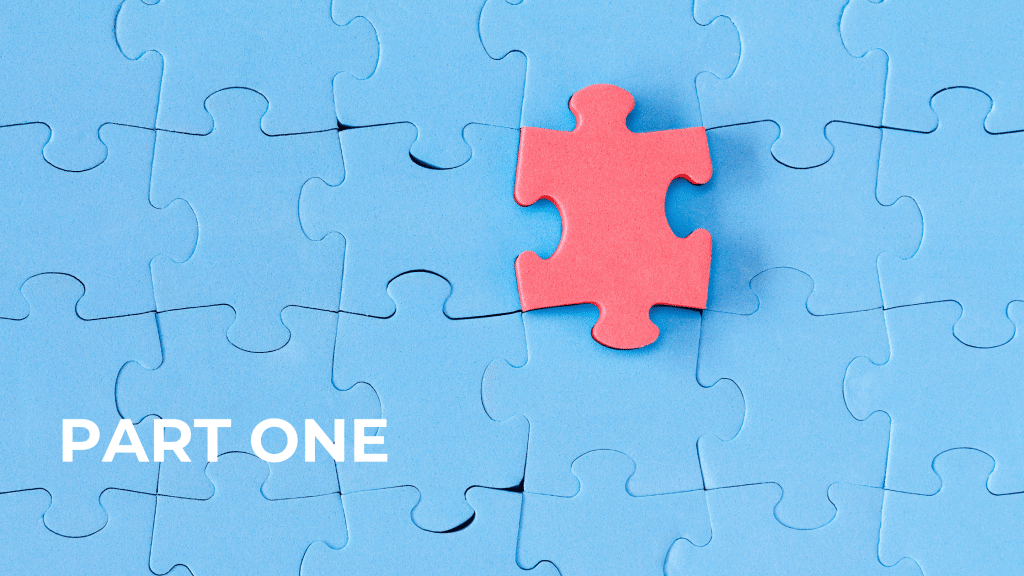The fable “The North Wind and the Sun” highlights the importance of recognising not every situation can be approached in the same way.
In the story, the North Wind and the Sun compete to see who can get a traveller to remove his coat. The North Wind tries to force the traveller to remove his coat through fierce blowing, but the traveller only clings to his coat tighter. The Sun, however, takes a gentler approach, and the traveller willingly removes his coat.
The fable demonstrates that different situations require different approaches, and a thoughtful, tailored approach is often more effective than a one-size-fits-all solution.
Similarly, just because you have a sledgehammer in your toolkit doesn’t mean you should use it every time there’s a nut to crack. Sometimes a simple approach is all that is needed.
Trying to approach every situation, in the same way, can have severe consequences.
It can lead to wasted resources, frustration, and missed opportunities.
However, there are numerous benefits to pausing to make sense of the nature of a situation before jumping in to respond. Pausing can lead to better decision-making, more effective problem-solving, reduced risk of mistakes, increased efficiency, and improved communication and collaboration.
You could consider using the Cynefin framework, developed by Dave Snowden and Mary Boone. It’s a sensemaking tool used to understand and respond to complex situations. It categorizes situations into five domains – Simple/Clear, Complicated, Complex, Chaotic, and Disorder – and suggests appropriate responses for each.
The Cynefin framework helps decision-makers identify the type of situation they are dealing with and improve decision-making. Snowden and Boone developed the concept to aid businesses in navigating complexity and provide a comprehensive approach to problem-solving, decision-making, and communication.
It’s crucial to take time to understand the type of situation you are dealing with.
In complicated situations, it’s best to take a measured and analytical approach. Rather than relying on assumptions, use data analysis and systems thinking to identify patterns and potential cause-and-effect relationships. By breaking down the problem into smaller components, organisations can reduce the risk of making incorrect assumptions and decisions.
In complex and chaotic situations, it’s often better to probe, sense, and respond with safe-to-fail experiments, rather than trying to predict and control or apply a rigid process.
“Safe-to-fail” experiments encourage calculated risk-taking, but some individuals may feel uneasy with the prospect of failure. In such cases, “safe-to-try” experiments may be a better option. This approach still allows for experimentation, but without negative connotations of potential failure.
“Safe-to-try” encourages positive risk-taking, viewing it as a path towards growth and learning.
By shifting the focus from failure to trying, individuals are more likely to pursue innovative solutions with greater confidence and enthusiasm.
As Jeffrey Fry, who is known for his work on public management and the politics of public service reform, once said, “One size fits all” doesn’t work for everything. There is no “one size fits all” solution to any problem, and there never will be”.
So, the next time you encounter a problem, take a step back and evaluate the situation using the Cynefin framework.
Understanding the nature of the situation can help you decide which approach is most likely to work. Remember, not every situation is the same, and therefore, our responses shouldn’t be either.







